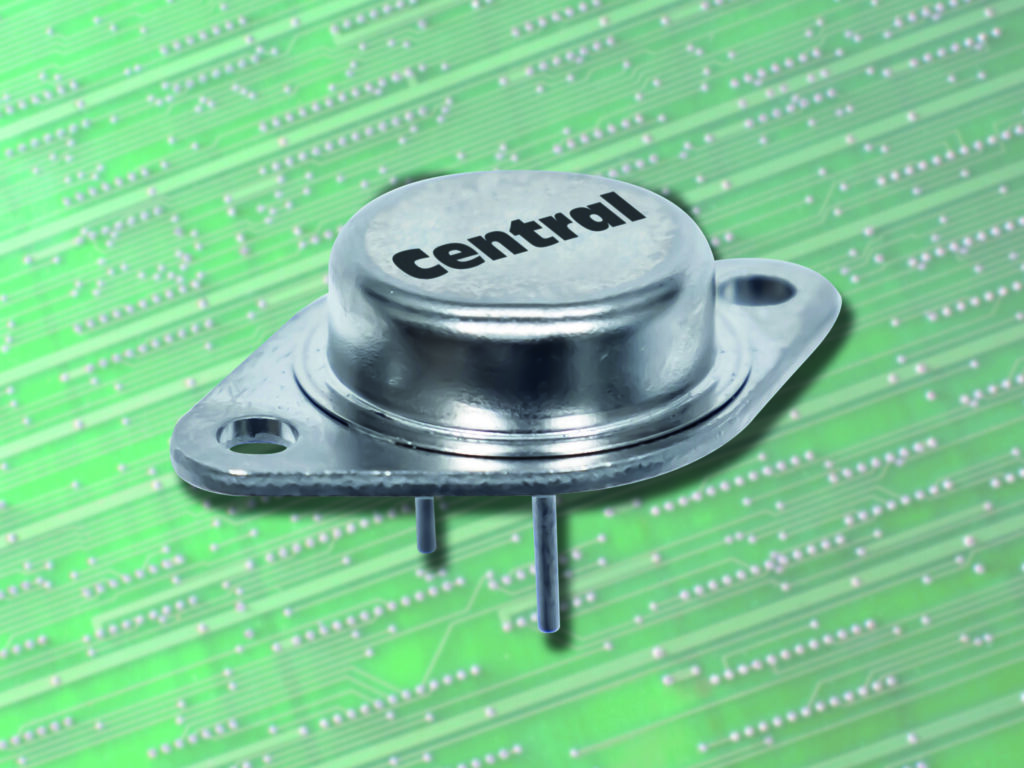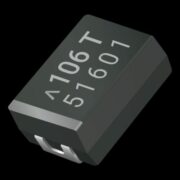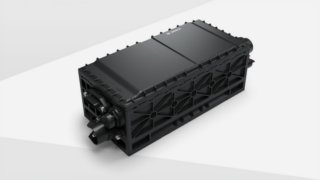Central Semiconductor’s director of marketing and sales operations, Tom Donofrio, explains distribution can be a vital resource to extend older technology component lifecycles.
The term ‘older technology’ is often associated with obsolete devices baring less than desirable specification for use in applications no longer appropriate for modern designs. Of course, this is not always true. While newer technologies are successfully replacing workhorse devices, the benefits of the older, standard products are still relevant. Case in point: silicon. New designs are now using wide bandgap (WBG) devices to perform the same function that silicon devices have for years. Even with an aggressive bill-of-materials, WBG products have become suitable replacements as pricing moves closer to parity.
So, where does the older technology still fit? These devices primarily find themselves sustaining existing products to prevent costly redesigns or for ongoing repairs of still-valuable electronics. However, considering the increasing move to WBG devices, the ability or desire for manufacturers to continue supporting older lines has moved to a diminishing support role. This pivot has increased the cost of maintaining older device production, which can reduce the consistency of specifications.
Countless end product manufacturers still require previous generation devices for their designs. As older components grow increasingly difficult to source, consider the following strategies to maintain the required supply of diminishing source devices:
- If possible, arrange a long-term production program with a manufacturer. Often, this can be arranged through a preferred distributor
- If possible, secure a bond inventory with a distributor to ensure long-term supply
- Consolidate required long-term volume to one or two manufacturers to incentivize them to continue to support the end products
- Share forecasts to help suppliers plan these devices properly and ensure adequate supply
- Ask the current supplier for a product roadmap and life cycle report
A paramount recommendation is plan for the future. In instances where manufacturers must discontinue an older technology device, end product designers and purchasers must be prepared to migrate. To avoid holdups or line down situations it is essential to work closely with component manufacturers. Ask them for their newest releases and roadmaps.
With a better understanding of device lifecycles across the BoM, discover when replacements will be available for evaluation and, if necessary, qualification. In some cases, these processes can take months. Making these inquiries seems obvious but design teams can neglect to ask these questions up front. Then, sustaining the existing end product line is in jeopardy because of the apparent ‘sudden discontinuation’ of a required device, while the replacement is months away. Avoid shortages by communicating with the component manufacturer and securing required stock until the replacement is available.
Distribution works mainly of existing item numbers with price and delivery. If a quote is required and the part number is not showing, the initial reaction is no bid. As components become more challenging to source, some distributors have added diminishing source teams. Their job is to find suppliers known for extending life cycles or resurrecting older technology products—often a challenging and time- consuming process.
The immense gratitude I have experienced from customers when bailed out of line-down situations demonstrates the power in maintaining older technology and successfully finding devices. Even if a source no longer exists, customers appreciate the above and beyond effort by the distributor and suppliers.
Distribution can be a vital resource to extend older technology component lifecycles and, when required, help source newer technology replacements increasingly found in mainstream designs. To ensure a constant flow of end products and avoid redesigns, seek out distributors and suppliers maintaining older technology device lines and ensure regular communication about requirements.
When an essential device is finally discontinued and a redesign is required, consider pursuing wide bandgap technology. The cost to manufacture WBG technologies has become more competitive as pricing moves toward commodity, making it an appealing path. Ultimately, Moore’s Law holds true—at least in the tenant where technology improves, while costs reduce.











